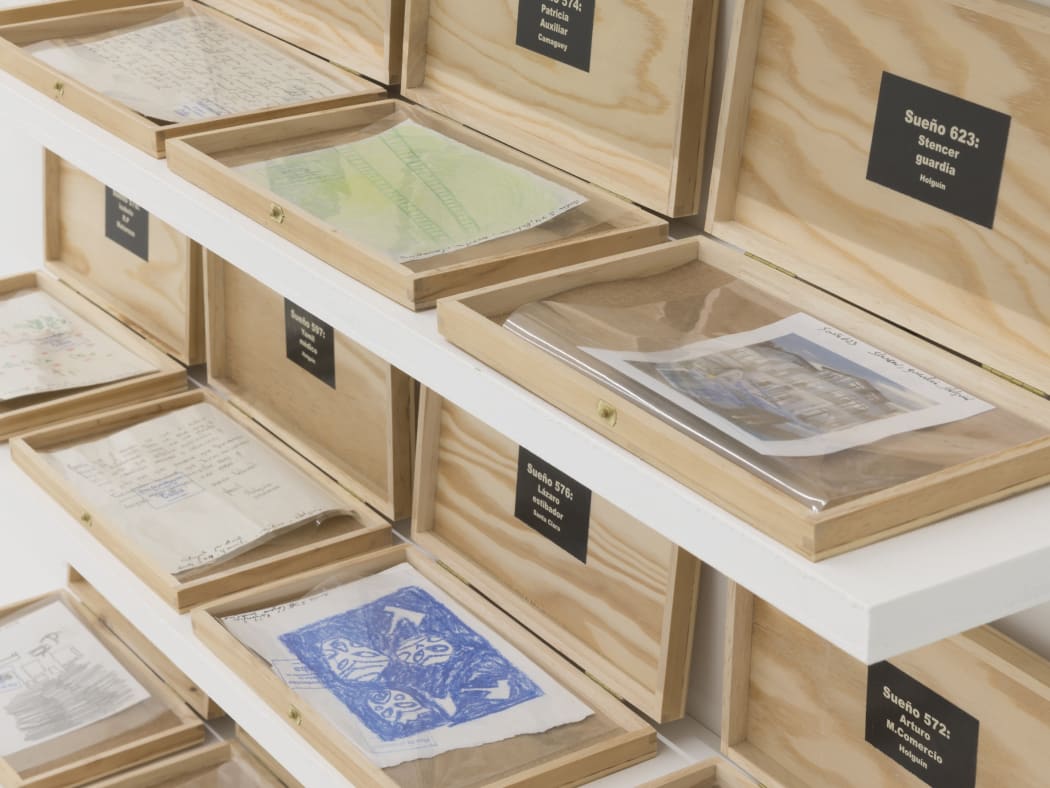
What is the social role of a male or female collector? To purchase, or even better, to pay. This dimension is a crucial point. It allows for the artist's finances, most of the time extremely fragile, to recover and for the art gallery to operate. By letting ourselves purchase, or even to become collectors? which is not the same?, we not only play the role of a consumerist actor but also that of an adjuvant. We become the person who contributes so that the hero keeps moving ahead. In turn, the adjuvant may become a subject, he/she may be observed and pursue his/her own quest. In this case, gallery owners and artists will assume then, in turn, the role of adjuvants.
Do you know Victor Chocquet? The Columbus Museum of Arts in Ohio owns a very beautiful portrait of him painted by Paul Cézanne in 1877. At that time, Chocquet was a petty customs officer little involved in his work. But, conversely, two years before he began to feel a passion for the painting of those who were mockingly called impressionists. It was Renoir (whom he had met in March 1875 and from whom he had immediately commissioned a portrait of his wife, which is today kept at the Staatsgalerie in Stuttgart) who made Chocquet discover Cézanne's paintings in October that year. Upon his death in 1891, his collection included around forty works by the master from Aix, which means about three works purchased every year at a time when Cézanne was the laughing stock of the media. Chocquet could not experience the burgeoning acknowledgment of his painter friend that corresponded to his individual exhibition in 1894 at the gallery of the young Ambroise Vollard. Nevertheless, he never gave up in his effort to open the eyes of his contemporaries as regards the qualities that he perceived in the production of this genius.
Like Chocquet did, let us not be afraid of daring to face novelty. To be with those who have not found an immediate echo yet. Let us be close to those who divide opinions, those who are sometimes under the radar.
Do you have any idea about who Dorothy and Herbert Vogel are? Their names are well placed on the wall devoted to the major donors of the National Gallery of Art in Washington. In this way, this librarian and the postman rub shoulders with many billionaires. Their collection included more than 4,000 objects. Very early on, they decided to devote one of their salaries to the purchase of contemporary artworks. Guided by their spirit of adventure, from 1962 onwards they paid special attention to forms such as minimal or conceptual art. Willing to be as close as possible to the creative act, they developed a particular interest in drawing. They were very close to many artists and were also on the look-out for new talent. Let us be fellow travellers and not only followers. Let us be among those who offer young artists (but not exclusively) the energising pleasure of meeting an unknown person for whom, suddenly, your work becomes essential.
In Belgium there is a culture of collecting. There are many who like us wish to set up such a project, each one of us according to his/her own possibilities. One of the collectors that moves me deeply lives in the Hainaut Province. Although he appears in the customer database of many galleries, you will not find a record of his name in the media. He has probably seen more exhibitions in Belgium than anyone else. Despite being more than eighty years old, he still goes regularly to Brussels to experience the energy of the galleries. Whereas he says that he is now getting rid of his collection (sometimes parting with some emblematic pieces), he still allows himself some élan towards making new acquisitions. His eye is infinitely multiple. He can both feel enthusiastic about a conceptual work and a painting with expressionist overtones at the same time. He maps out a collection without any pre-established plan. He may organise at his home a hanging up with a homely sophistication of a sumptuous poetic precision. He possesses as many works of art as a huge number of archive items. Far from a signposted motorway, his collection is rich in detours. In it, Belgian stars of contemporary art are in close contact with artists for whom he is the only unfailing support. In a time of rampant uniformity, this collector highlights the importance of suggesting an atypical collection. Unfortunately, today there are many interchangeable collections built up in two or three globalised art labels. Although they may be rich in wonderful works, what do they convey about those that built them up? The wish to be like the others provided that they belong to the same circle?
Let us collect and dare to be us! Let us dare to be monomaniacal or plural. Let us tremble from depth at the expense of superficiality. As regards the collection issue, we should not listen to any advice but rather cultivate our attention towards other people. Let us be aware of the artists' words and, obviously, too, of what they show us. Let us be on the look-out for the engaged expositor gallery owners rather than for siren songs with slogans inherited from marketing training. Let us not be afraid of being in our turn ambassadors of these artists who delight us and therefore assume another aspect of the collector's social role: to be the one who owns but shares. To be engaged collectors such as Victor, Dorothy, Herbert, but also Jacques, Herman, Galila, Emilie, Edgard, Catherine, Renato, Iordanis, Piergiorgio, Alain, Dominique, Luc, Fréderic, Serge, Chantal, Olivier, Nicole, as well as many others.

